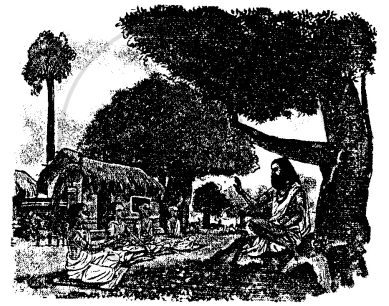Advertisements
Advertisements
प्रश्न
What difference do you find in the position of the King of the Early Vedic Age as compared to the King of the Later Vedic Age?
उत्तर
During the Early Vedic period, the Rajan (king) was the head of the tribe. His chief occupation was fighting battles to defend and protect the tribe and its territory. His position was not hereditary and the two tribal assemblies — Sabha and Samiti — checked his power. The king was in most cases selected or chosen by the tribal heads due to his bravery and wisdom. During the Later Vedic period, the position of the king became stronger. He gained absolute power and his position became hereditary. He started claiming himself to be the representative of God. He performed several complex sacrifices (yajnas) to augment his power and prestige — Ashwamedha, Vajapeya and Rajasuya. He also assumed titles of ‘Samrat’ and ‘Mahadhiraj’
APPEARS IN
संबंधित प्रश्न
Compare the position of women during the Early Vedic Period and the Later Vedic Period.
Textbook Keywords: Ashvamedha Yagna
What were the main occupations of the people of the Later Vedic Period?
State whether the following statement is true or false.
The dress of the Aryans consisted of a three-piece garment.
State whether the following is true or false:
The Upanishads were composed during the Later Vedic Period.
Choose the correct answer:
In ancient times, Varanasi was known as ________.
What was the importance of the Rajasuya yagna in the Later Vedic period?
What was the highest duty of a woman in the Epic Age?
State and explain any one of the three main principles of Hindu Philosophy.
This is a picture of a gurukul.

The life of an Aryan was divided into stages or ashramas. Which ashrama is depicted in this picture?
